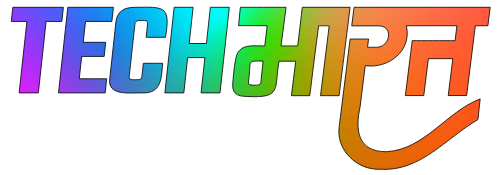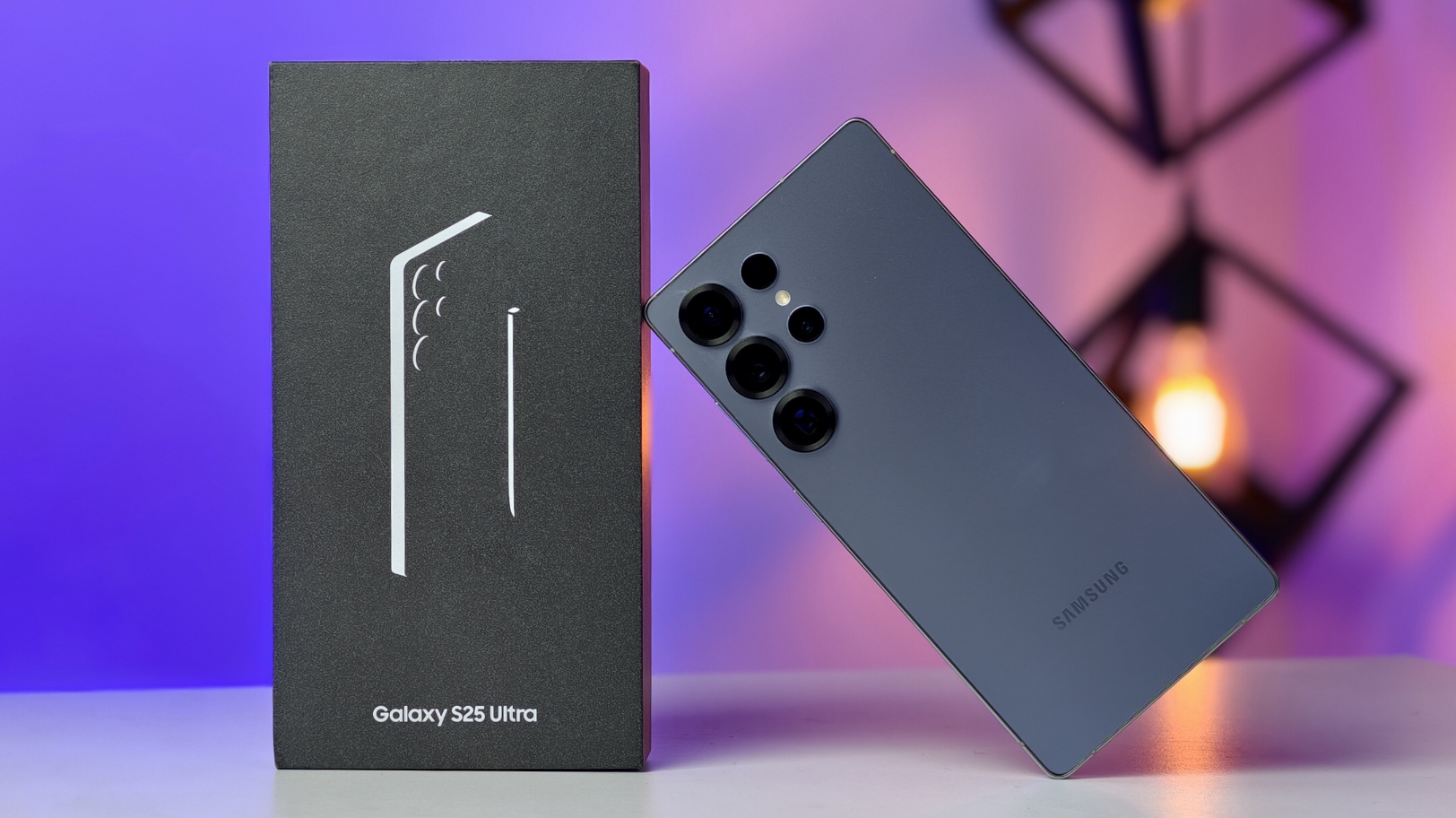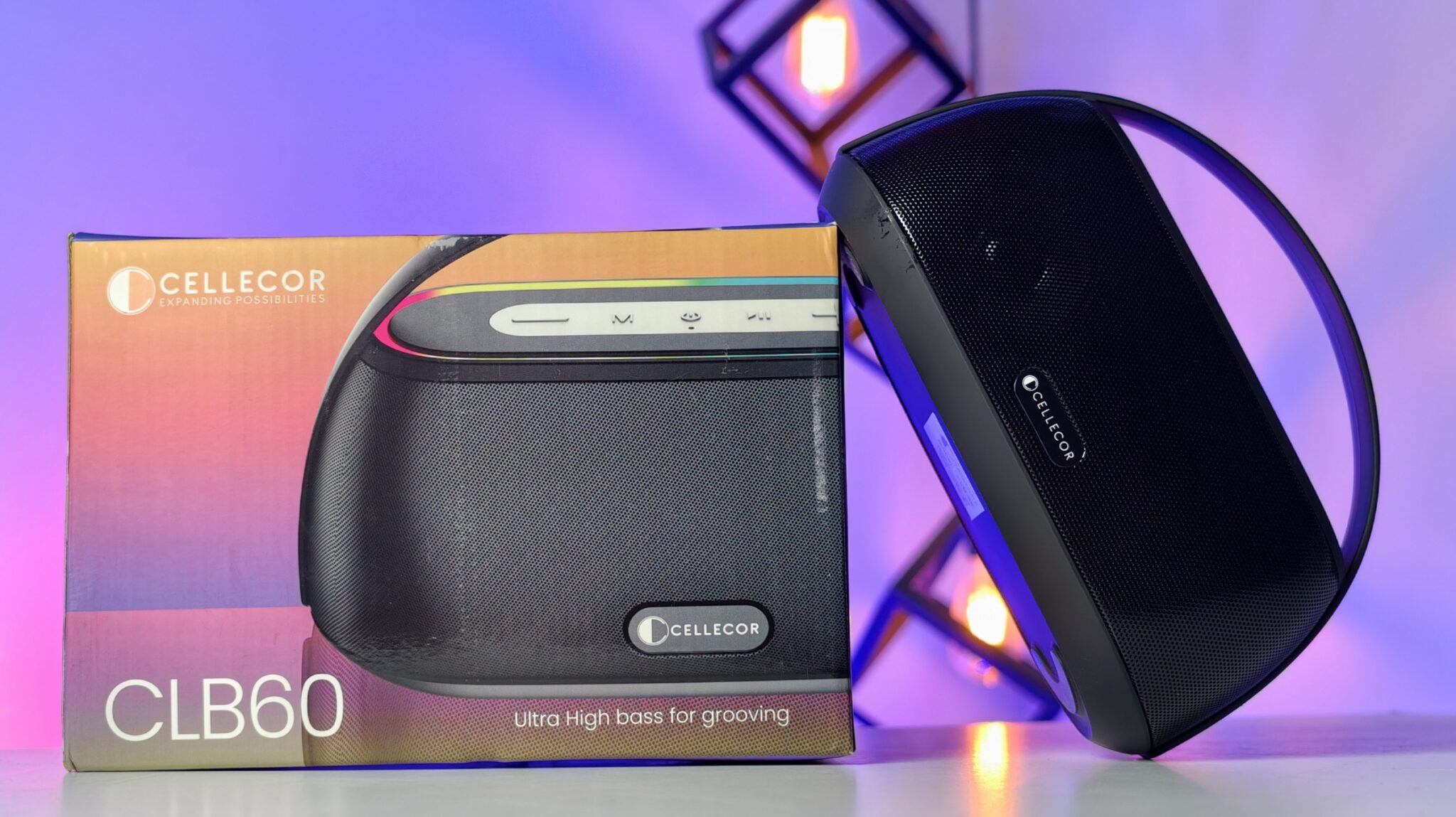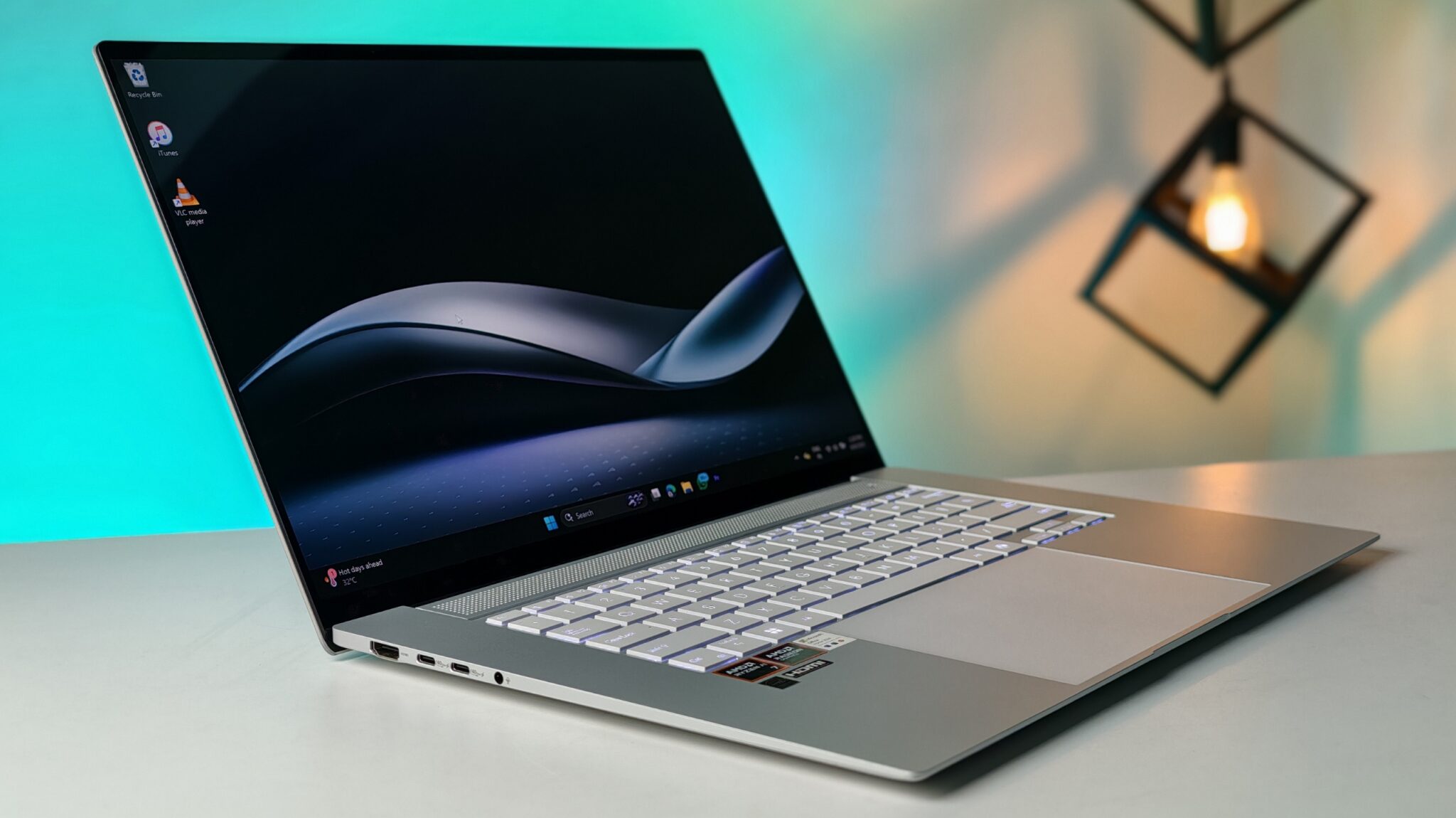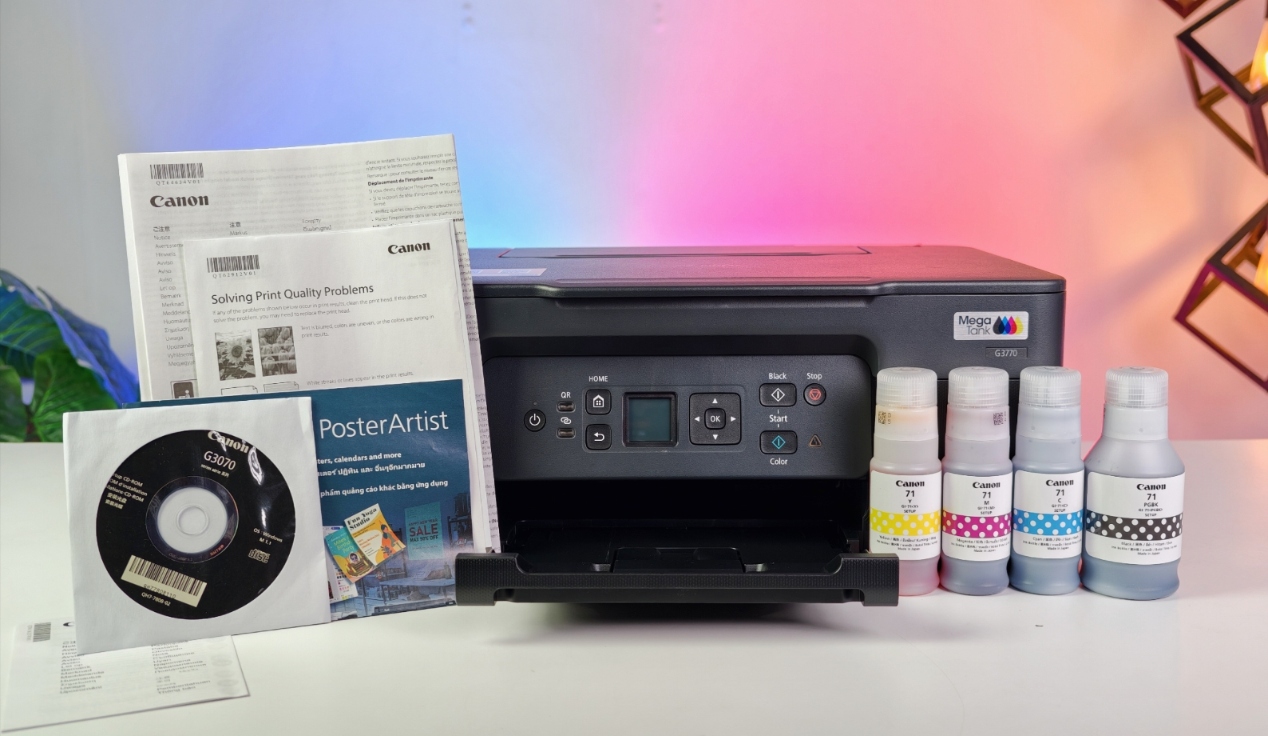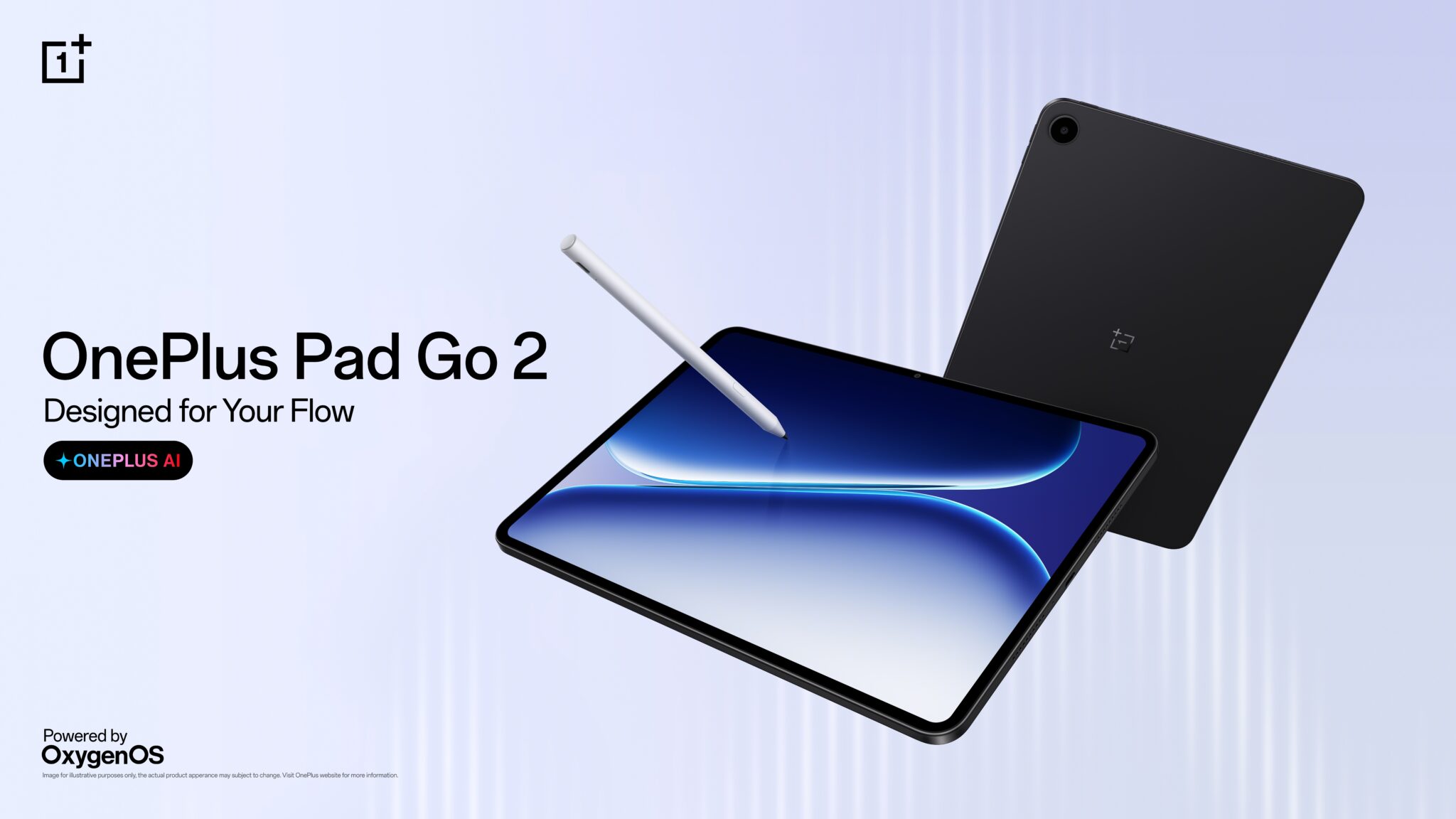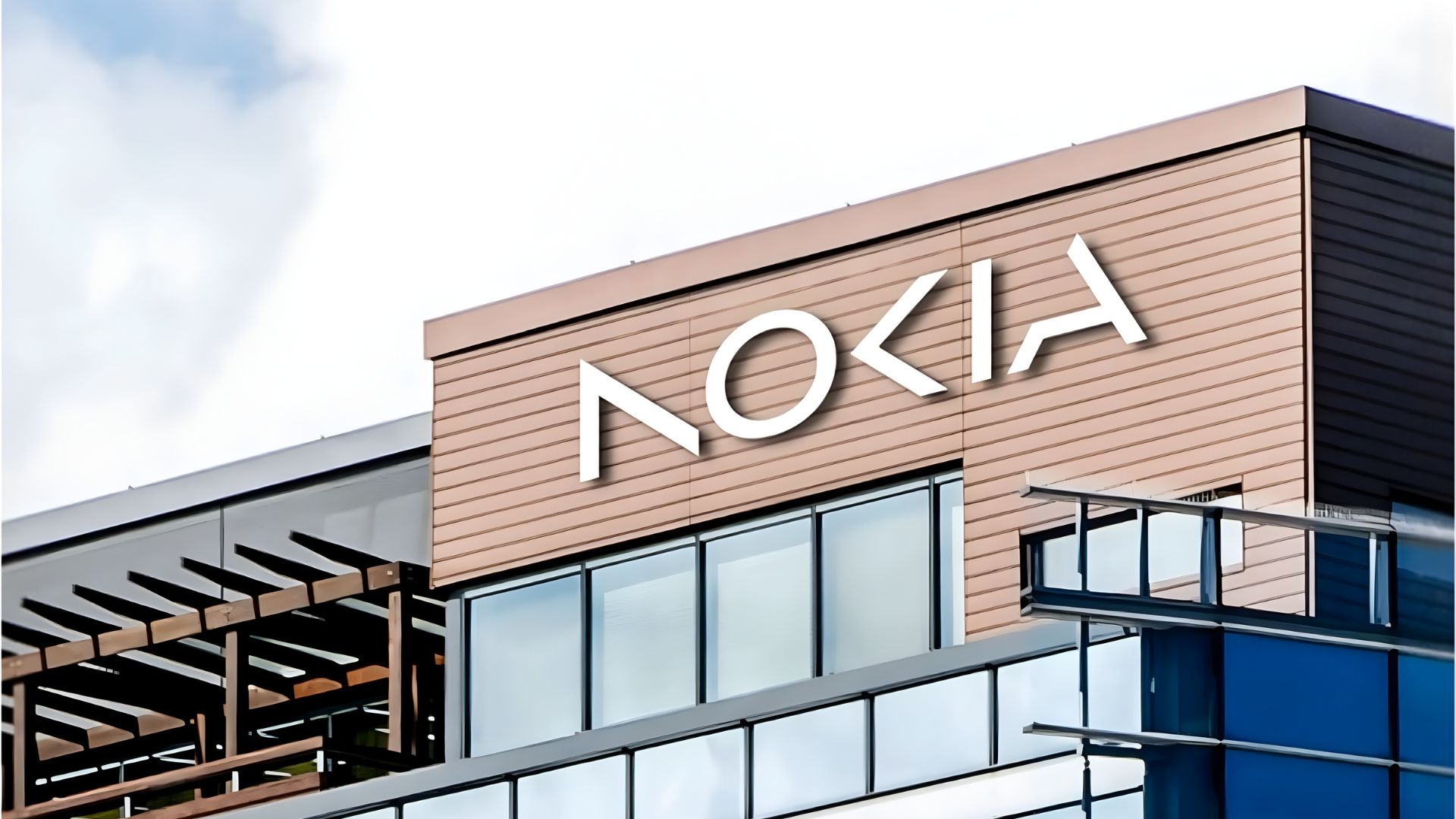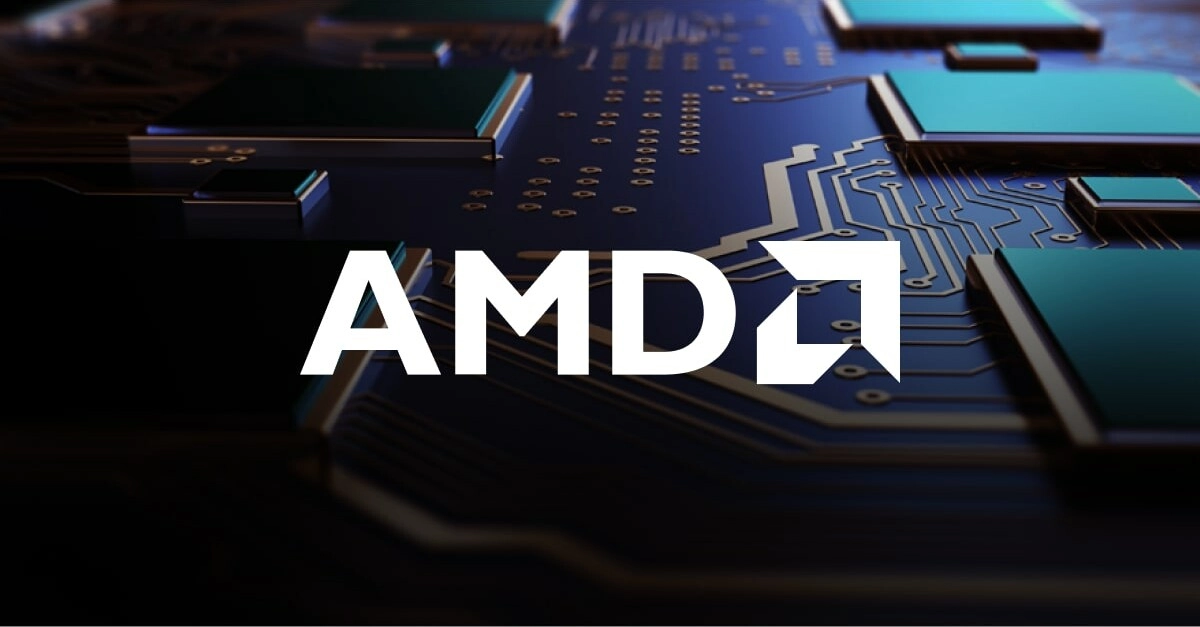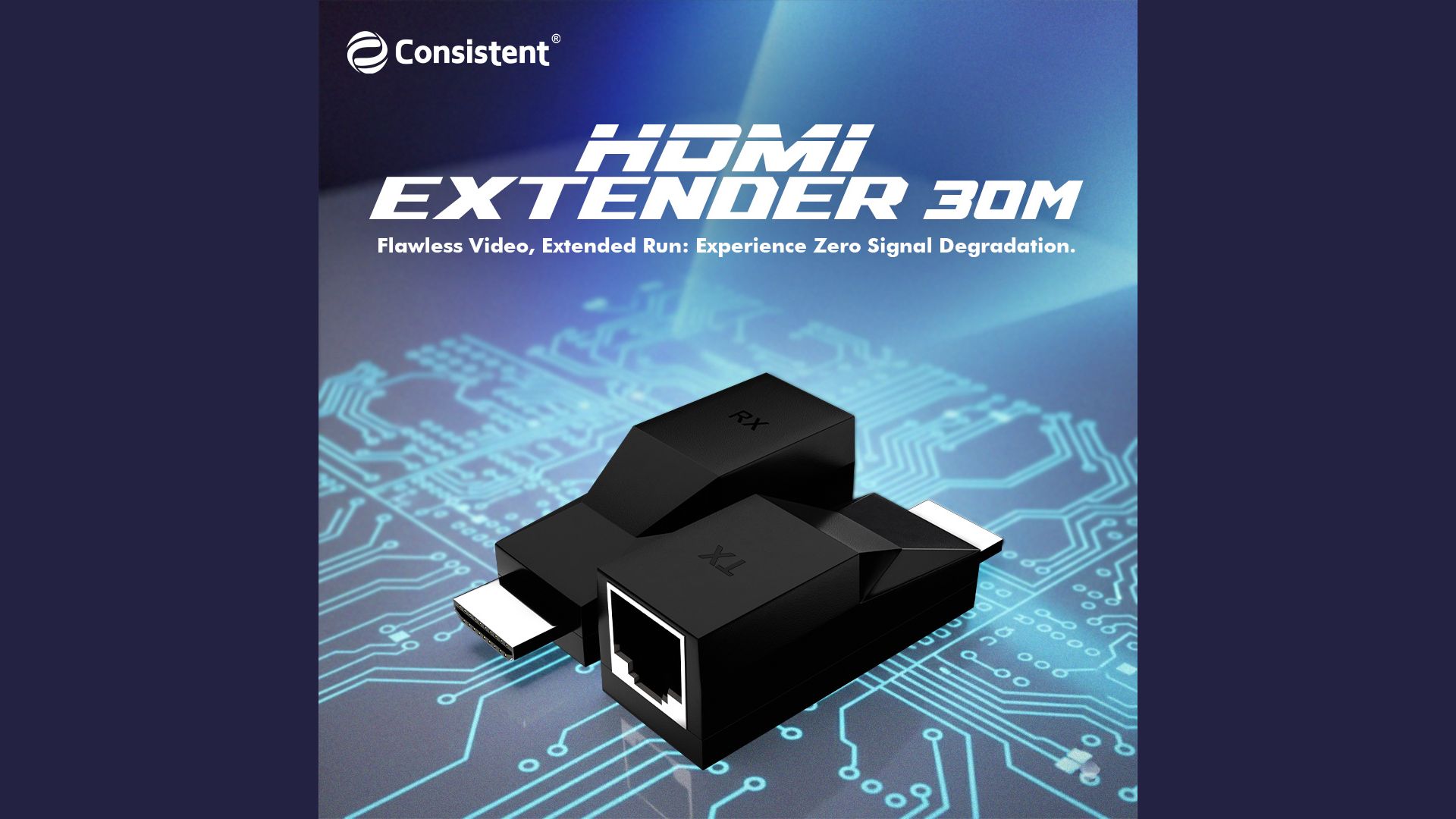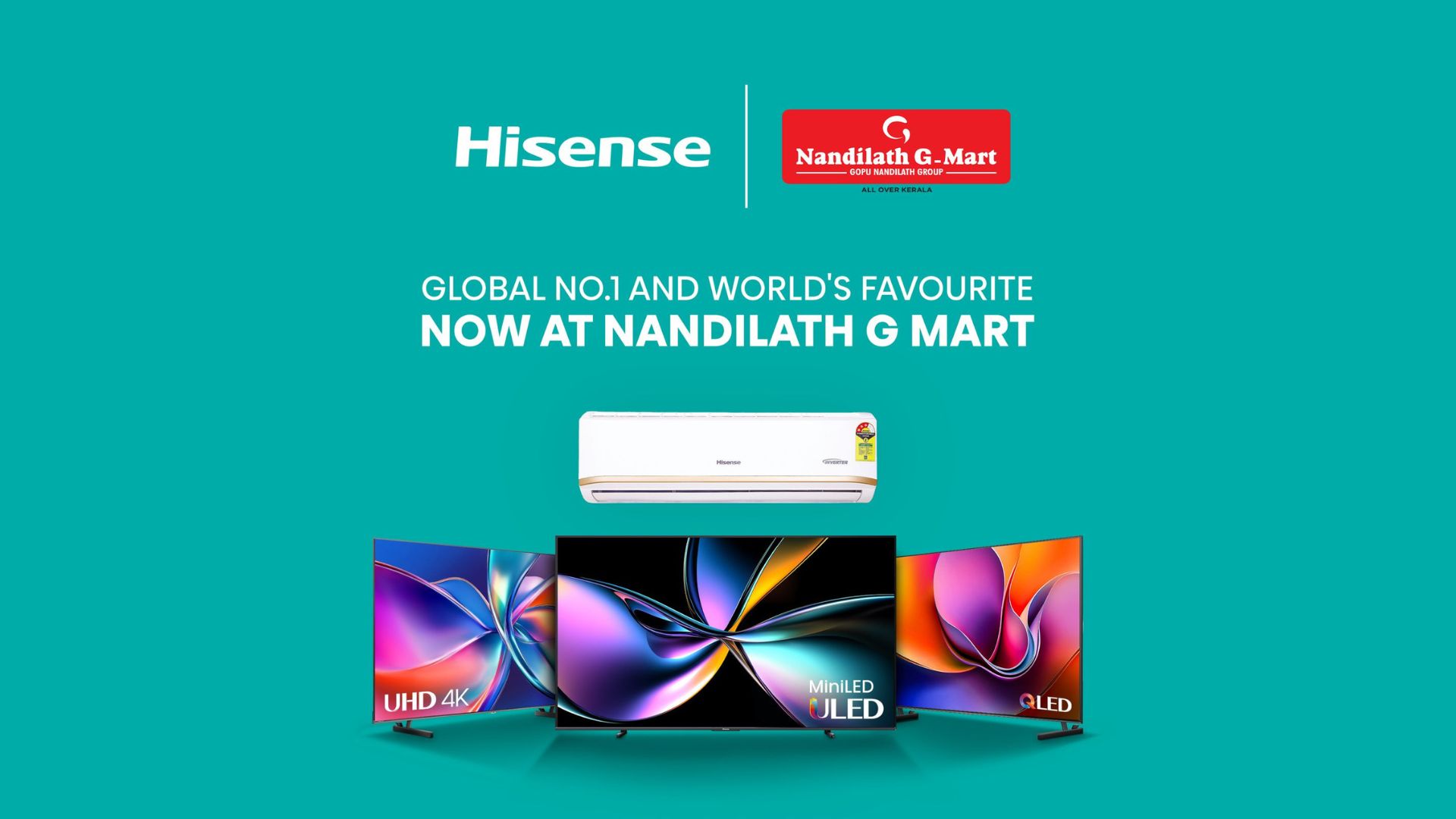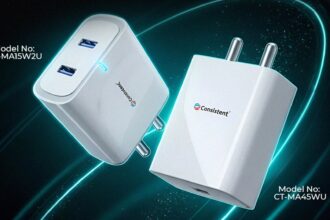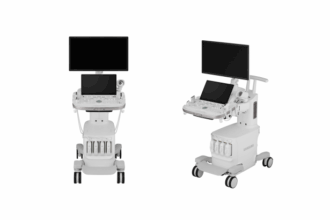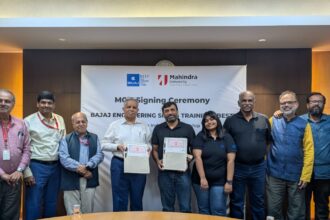Formula 1 and Lenovo are pushing the envelope in their ongoing collaboration, putting Lenovo’s latest AI PCs to the test both trackside and at F1’s Media & Technology Centre in the UK. Early trials of the ThinkPad X9 Aura Edition have delivered promising results—so much so, a second phase of testing is already underway. The feedback so far? AI-powered hardware has real potential to streamline operations and support F1’s broader sustainability goals. It’s another leap forward in a high-performance partnership that’s clearly committed to innovation for a faster, smarter, and greener future.
Key Takeaways:
- Formula 1 and Lenovo successfully tested the AI-powered ThinkPad X9 Aura Edition during the FORMULA 1 HEINEKEN CHINESE GRAND PRIX 2025.
- The trial focused on enhancing race data processing and overall operational efficiency within the F1 Event Technical Centre (ETC).
- The ThinkPad X9 Aura Edition runs on the Intel Lunar Lake Platform with Copilot+ capabilities, tuned for top-tier performance and energy savings.
- Initial results suggest these AI PCs can sharpen communications, boost remote collaboration, and speed up data handling.
- This effort supports F1’s ambition to reach net-zero carbon by minimizing equipment and energy use.
- Lenovo’s broader tech lineup—including laptops, tablets, servers, and Motorola smartphones—is embedded throughout the ETC.
Formula 1 and Lenovo officially confirmed the success of their trial featuring Lenovo’s AI-powered ThinkPad X9 Aura Edition at the Event Technical Centre (ETC). The project highlighted just how much intelligent computing can elevate motorsport operations. Tested during the FORMULA 1 HEINEKEN CHINESE GRAND PRIX 2025, the AI PC played a crucial role in processing race data and improving operational workflows—a key milestone in bringing edge computing to one of the world’s most data-driven sports.
Roberto Dalla, Chief Technical and Engineering Officer at Formula 1, shared his impressions: “The Lenovo ThinkPad X9 Aura Edition represents an advancement in smart technology. It integrates features such as Smart Modes, Smart Share, and Smart Care to improve user experience and productivity. We tested these capabilities during the FORMULA 1 HEINEKEN CHINESE GRAND PRIX 2025.” He also noted, “With the Intel Lunar Lake Platform and Copilot+ features, this AI-enabled device is built for high performance and energy efficiency. These qualities align with our aggressive pursuit of being net zero carbon by the end of the decade. In Formula 1, where every second counts, technologies like these allow our teams to process data faster, collaborate more easily, communicate more effectively, and stay focused on producing our international broadcast for fans worldwide.”
Dr. Tolga Kurtoglu, Chief Technology Officer at Lenovo, offered a complementary view: “It was compelling to see our AI PC tested in one of the most demanding environments—during an F1 Sprint weekend.” He continued, “Through our partnership with Formula 1, we can advance technological developments in motorsports, not just to support race operations, but to create engaging experiences for fans globally. This recent trial highlights the capabilities of AI-enabled hardware to simplify content creation, speed up storytelling, and help fans feel closer to the action in real time.”
The F1 Event Technical Centre (ETC) is essentially a high-tech, mobile control center that travels with the sport. Set up at every race event, it’s the hub for data acquisition and distribution, feeding directly into the Media & Technology Centre (M&TC) back in the UK—F1’s broadcast nerve center. Designed to be compact and resilient, the ETC ensures crucial services like timing systems and telemetry stay uninterrupted.
Lenovo hardware plays a significant role here. Their laptops, tablets, workstations, monitors, servers, and Motorola smartphones all serve mission-critical roles at the ETC. With the ThinkPad X9 Aura Edition’s new features, F1 sees an opportunity to sharpen its communication tools, improve remote teamwork, and speed up data analysis for quicker insights and more agile decisions. Long battery life and military-grade durability make it even more appealing in this fast-moving, high-stakes environment. The end goal? A richer, more connected fan experience around the globe.
Beyond performance, this trial underscores the sustainability angle. More powerful, efficient machines mean fewer devices need to be shipped to every race—translating to less equipment, reduced energy consumption, and lower emissions from transport and cooling systems. It’s a small but meaningful shift in how tech can support greener racing.
With Shanghai’s trial a success, Formula 1 and Lenovo plan to expand testing throughout the 2025 season. While track performance is always the centerpiece, there’s growing focus on how broadcast and digital experiences can be elevated in parallel—bringing fans closer to the heartbeat of the sport.
This collaboration, which began in 2022 when Lenovo joined as a Global Partner, has steadily grown in impact. Lenovo now supplies tech solutions across nearly all aspects of F1’s ecosystem—operations, broadcasting, even esports. The synergy is clear: both partners are chasing high performance through cutting-edge innovation. One notable example? Lenovo’s high-performance computing tools are used to crunch vast streams of telemetry data coming off the cars, delivering insights that race teams rely on in real time.
The use of AI PCs like the ThinkPad X9 Aura Edition signals a deeper move toward edge computing. Rather than sending all data to a central cloud or data center, these machines process it right at the source—trackside. That dramatically reduces latency and bandwidth requirements, which is invaluable in F1’s lightning-fast environment. The Intel Lunar Lake Platform brings built-in AI acceleration with dedicated engines to tackle complex tasks locally. Meanwhile, Copilot+ features add productivity and creative tools that are tailor-made for the dynamic demands of F1 content teams.
F1’s pledge to hit net-zero carbon emissions by 2030 remains a powerful motivator for exploring these kinds of partnerships. Smaller hardware footprints and more energy-conscious devices directly chip away at the sport’s environmental impact. And it’s not just about carbon—it’s about rethinking logistics, power usage, and sustainability across the board. In that sense, the Lenovo collaboration fits right into a larger movement in sports and entertainment toward smarter, greener tech solutions.
The M&TC in the UK remains the heart of F1’s global broadcast machine. It transforms raw feeds from the ETC into the polished, data-rich broadcasts that fans watch in real time. Quick turnaround on highlights, detailed analytics, and immersive graphics all rely on fast, seamless collaboration between ETC and M&TC. AI-enhanced tools make these workflows more efficient. Features like Smart Share on the ThinkPad X9 Aura Edition could dramatically cut the time needed to move massive media files securely—an essential advantage in global broadcasting.
As the 2025 season progresses, more tests of Lenovo’s AI PCs and related tech are on the horizon. It’s not just about shaving milliseconds off lap times. It’s about enriching the overall F1 ecosystem, from pit lane to production booth to living room. Whether it’s sharper broadcasts, more interactive content, or data-driven insights for fans, this partnership is pushing Formula 1 into a more intelligent, responsive, and sustainable future.
FAQs
Q1: What specific Lenovo AI PC was trialed by Formula 1?
A1: Formula 1 trialed the Lenovo AI-powered ThinkPad X9 Aura Edition laptop.
Q2: Where did the initial trial of the Lenovo AI PC take place?
A2: The initial trial took place at the Event Technical Centre (ETC) during the FORMULA 1 HEINEKEN CHINESE GRAND PRIX 2025.
Q3: What are some key features of the Lenovo ThinkPad X9 Aura Edition mentioned in the report?
A3: The ThinkPad X9 Aura Edition features the Intel Lunar Lake Platform, Copilot+ capabilities, Smart Modes, Smart Share, Smart Care, all-day battery life, and military-grade durability.
Q4: How does the use of AI PCs contribute to Formula 1’s sustainability goals?
A4: AI PCs can help reduce Formula 1’s overall hardware footprint at each race, decreasing the need to ship large quantities of equipment and cutting down on energy consumption and transportation emissions. They are also designed to be more energy efficient.
Q5: What is the F1 Event Technical Centre (ETC) and its role?
A5: The F1 Event Technical Centre (ETC) is a temporary, portable technology hub deployed onsite at every race event. It serves as the central point for acquiring data and feeds, which are then sent back to the Media & Technology Centre (M&TC) in the UK for broadcasting operations.
